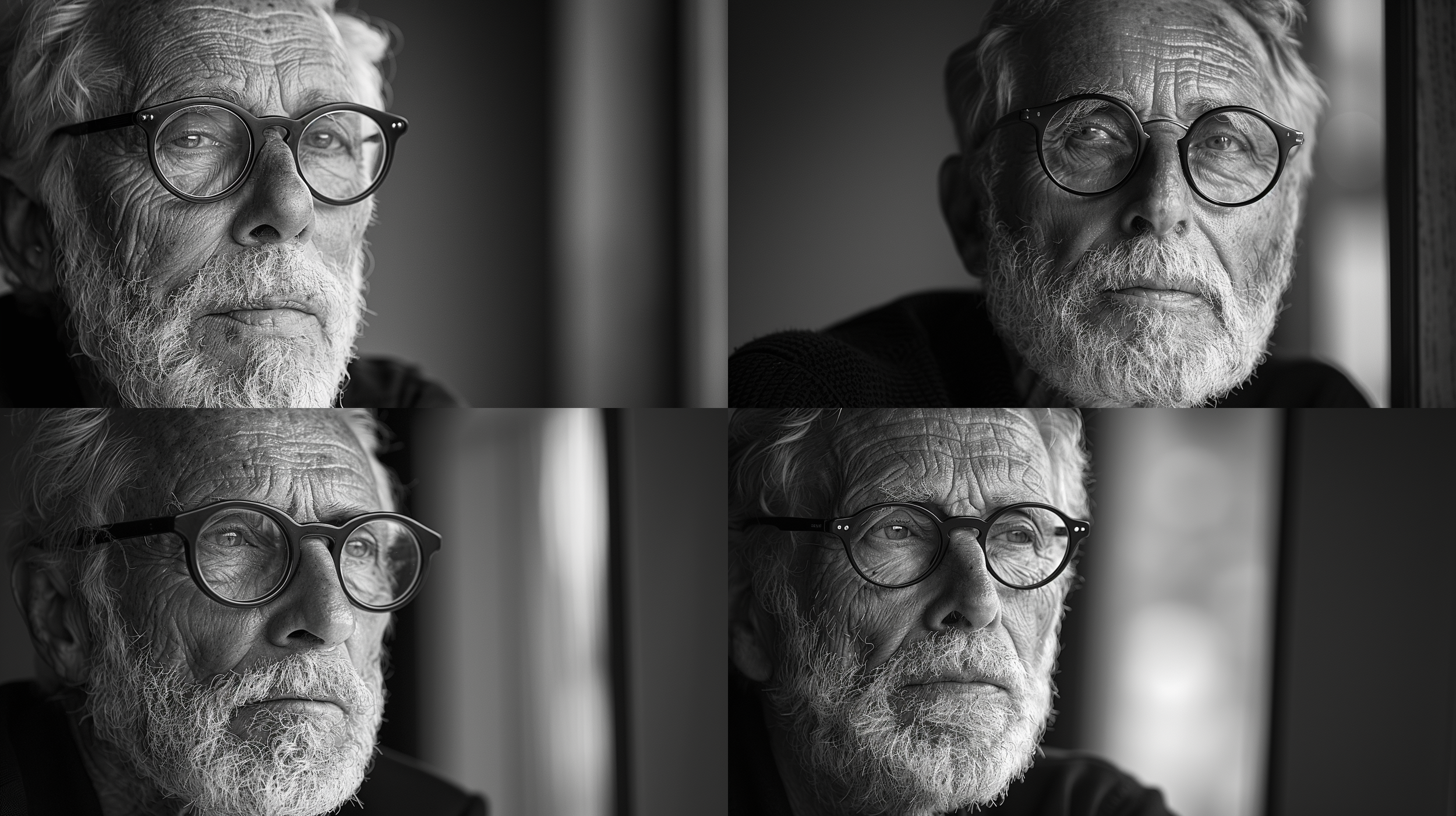Three Image Categories
Since November 2023, artificial intelligence (AI) can create highly realistic images. By looking back in history photography has always been one of the early adaptors of new technologies. We are at the beginning of a new era. Analog photography did not disappear, on the contrary, it’s coming back, but now we have a new way to create images, synthetic images.
From now on we will have three categories of images: Authentic Images, Digitally Enhanced Images, and Synthetic Images generated with AI tools.
Authentic images:
Photographed digitally or analog and then digitally enhanced. Light and color balance, as well as some discrete adjustments as needed. These images aim to reproduce the original scene or subject authentically.
Digitally enhanced images:
Since we find artificial intelligence in tools like Photoshop, it has become easier to make more extensive changes. This goes beyond classic optimization, significant changes such as adding or removing objects or completely changing the context became much simpler.
They push the boundaries of reality and open up new creative ways while losing the original authenticity of an image.
Synthetic images:
Now we have a third category: images generated entirely by artificial intelligence. Is this still photography?
They contain non-existent humans or objects. The impact of this technology on the model or editorial world and the general use of images is the subject of intense debate.
Today I see these images as a great tool to support creation process with compelling mood boards.
One of the challenges is the question of copyright, which will hopefully be clarified shortly. Besides copyright, what’s about credibility?
Can organizations, businesses, and individuals afford to incorporate synthetic images into their communication strategies? Will we reach a point where images must be labeled, akin to the warnings seen on cigarette packages today?
The debate sparked by the recent family photo of Catherine, Princess of Wales, might be an early indicator.











The delicate balance between authenticity and technological innovation in portrait photography. How photographers are embracing artificial intelligence (AI) to enhance creativity and visualize ideas.